Ask Ethan: What Has TESS Accomplished In Its First Year Of Science Operations?

After Kepler but before James Webb, TESS is preparing astronomers for the coming exoplanet revolution.
There are always new discoveries and achievements occurring in science, and certain fields have experienced recent advances that are nothing short of revolutionary. A generation ago, humanity didn’t know if stars beyond our Sun had planets around them; today, we’ve discovered thousands of star systems with planets orbiting them. Planets of varying masses orbit all types of star at a vast range of distances, and astronomers are preparing for the day where we can image Earth-sized exoplanets directly to seek signs of extraterrestrial life. Today, in a post-Kepler but pre-James Webb world, TESS is the leading exoplanet-finding mission. A year into its mission, what has it accomplished? That’s what Patreon supporter Tim Graham wants to know, asking:
With TESS completing [the] first year of its mission, surveying the southern sky, how does it compare to Kepler?
TESS is fundamentally different than Kepler, but what it’s found should give us all incredible hope for the 2020s.
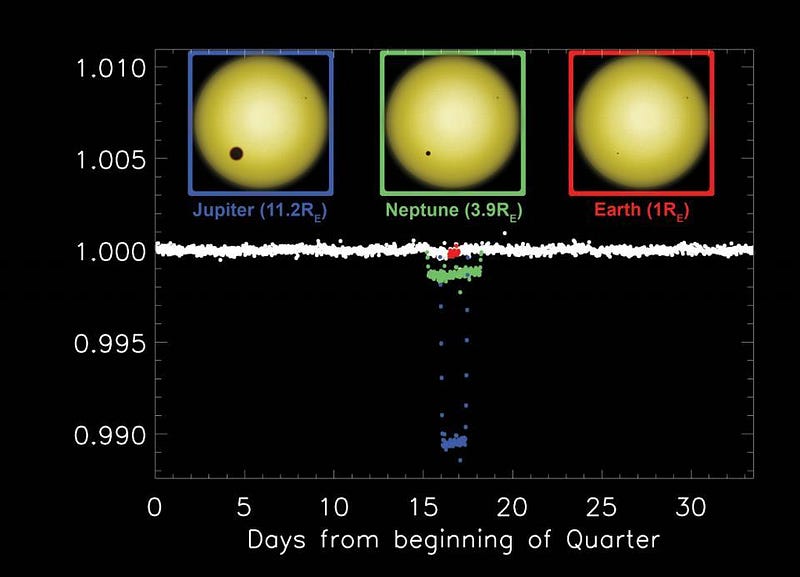
There are some similarities between TESS and Kepler in how both missions work.
- Both TESS and Kepler measure the light coming from a target star (or a set of target stars),
- they monitor the total light output over relatively long periods of time,
- they search for periodic dips in the overall flux from the star,
- and if the dips repeat in frequency and magnitude, both extract the radius and orbital distance for a potential candidate planet.
This is the essence of the transit method in searching for exoplanetary candidates, and it was famously employed by Kepler over its recently-ended mission, beginning in 2009. Thanks largely to Kepler, the number of known exoplanets skyrocketed from a few dozen to many thousands in under a decade.
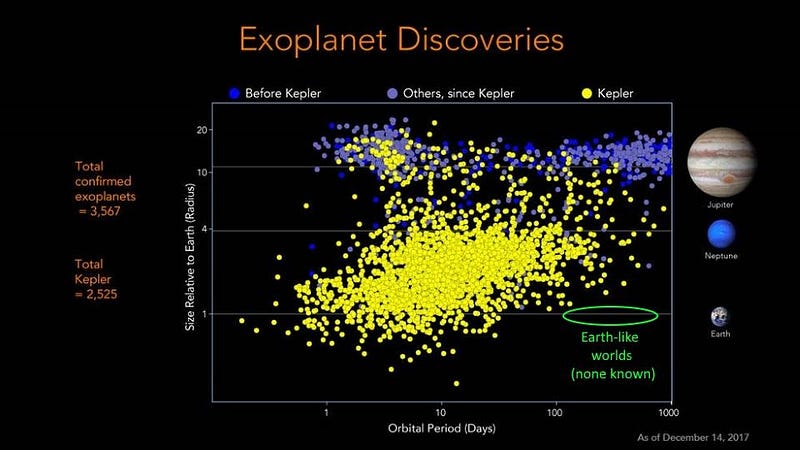
The primary mission of Kepler, however, was fundamentally different from the primary mission of TESS. While Kepler’s goal was to characterize the planetary systems of as many stars as possible in as great detail as possible, TESS is particularly concerned with finding and characterizing exoplanetary systems around the closest stars to Earth. Both of these ambitions are scientifically useful and important, but what TESS is doing doesn’t compare to Kepler at all.
In order to accomplish the goal, Kepler’s primary mission involved the continuous observation of a small region of the sky, along one of the Milky Way’s spiral arms. These observations spanned three years, encapsulating over 100,000 stars located up to some 3,000 light-years away. Thousands of these stars were discovered to exhibit these transits: the same number you’d expect if every star possessed planets that were randomly aligned relative to our line-of-sight.
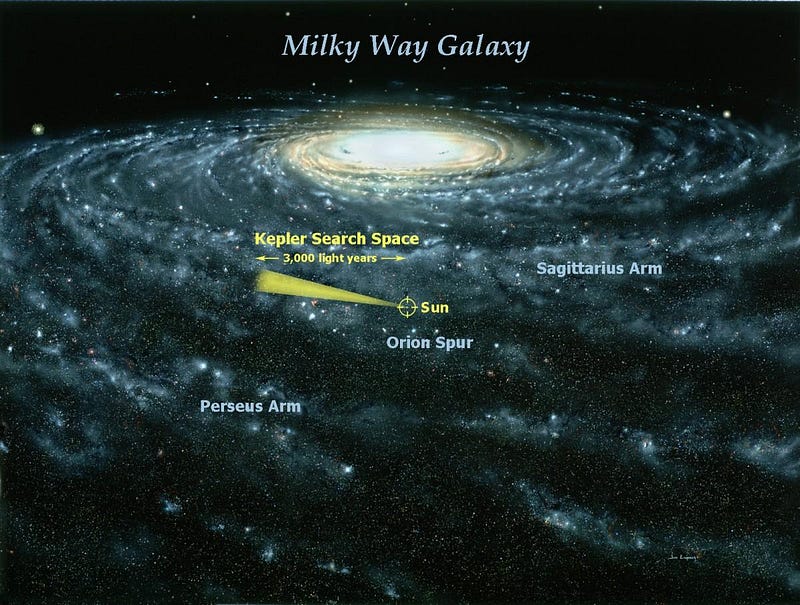
Once its primary mission ended, however, Kepler switched to an alternate goal: the K2 mission. Instead of pointing at one region of the sky for a long period of time, Kepler would observe a different region of the sky for approximately 30 days, search for transits there, and then move on to another region of sky. This led to some incredible discoveries, particularly around the smallest, coolest stars in the Universe: the M-class red dwarfs.
The lowest-mass stars are also the smallest in physical size, meaning that even a terrestrial-like, rocky planet can block a significant fraction of the star’s light during a transit: enough to have its flux dip detected by Kepler. In addition, these exoplanets can possess very short periods, meaning that to have Earth-like temperatures on them, they’ll need to be so close that they complete a full orbit in less than a month. Many fascinating systems have been discovered and/or measured precisely by the K2 mission.

The K2 mission, perhaps, could be viewed as the best testing ground for TESS, but is still fundamentally different. The Kepler telescope was designed to have a narrow field-of-view but to go relatively deep: measuring flux dips around stars up to thousands of light-years away.
TESS, on the other hand, was designed to survey practically the entire sky, with a much wider field-of-view. It doesn’t need to go as deep, because its goal is to seek planets around the closest stars to Earth: those within just 200 light-years of us. If there’s a planet orbiting a star with the right orientation to exhibit a transit as viewed from our perspective, TESS will not only find it, but will enable scientists to determine the planet’s orbital distance and physical radius.
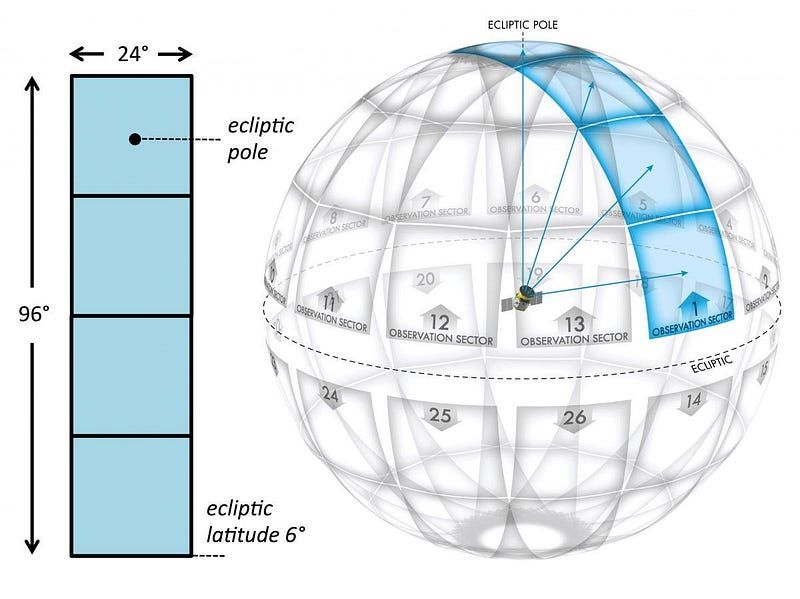
Every system where an exoplanet is found by TESS will be remarkable, regardless of what type of star it is or what types of planets are found around it. You see, the goal of TESS is not, contrary to what many people think, to find an Earth-like world at the right distance from its parent star to have liquid water (and maybe life) on its surface. Sure, that would be awfully nice, but that’s not the purpose of TESS.
Instead, the science goal of TESS is to find candidate exoplanets and candidate exoplanetary systems where future observatories — like the James Webb Space Telescope — can try to take detailed measurements of the planets themselves. This would include the capacity for measuring the atmospheric contents during transit, searching for potential biosignatures, or even, if we get lucky, the possibility of direct exoplanet imaging.
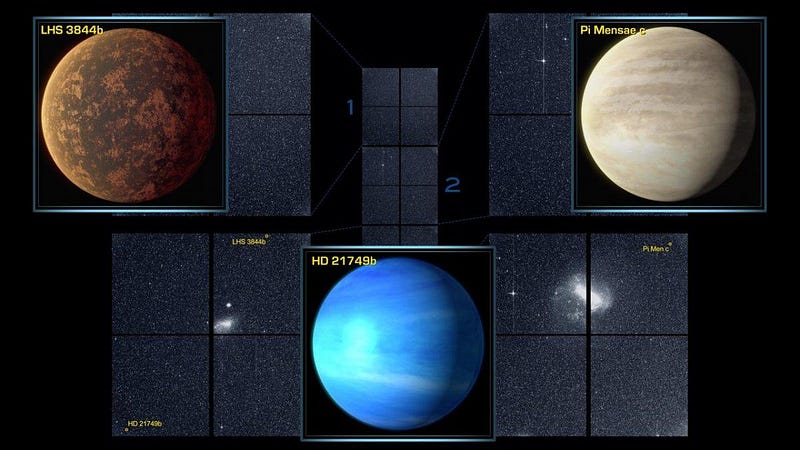
TESS was launched in April of 2018, and began taking its first scientific data in July of last year. It’s now been more than 12 months, which means that half of the sky (13 separate sets of observations of 27 days each) has now been observed by TESS. This coverage of the entire southern sky is unprecedented in terms of searches for nearby exoplanets, and while TESS now is turning to the northern hemisphere, let’s take a look at TESS’s discoveries so far:
- 21 new exoplanets have been discovered, already confirmed by ground-based telescopes,
- ranging in size from as small as 0.80 times the size of Earth to larger than Jupiter,
- with an additional 850 candidate exoplanets that have been identified, awaiting ground-based confirmation,
- one system, Beta Pictoris, where exocomets (!) have been observed,
- and a small, super-Earth class planet orbiting very close to a Sun-like star that also possesses an enormous super-Jupiter on an extremely elliptical trajectory.
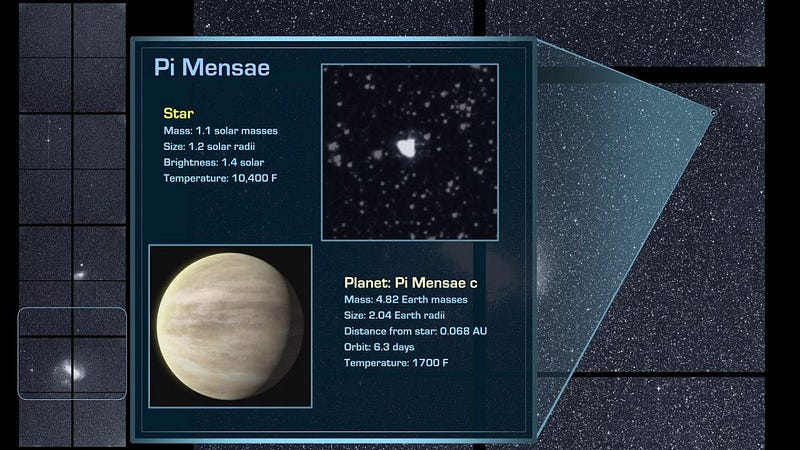
But my favorite exoplanetary system investigated by TESS (so far) has to be the one around the nearby star HD 21749. It’s located 53 light-years away, it’s slightly smaller and less massive than our Sun (about 70% the mass and radius), and it now has two known planets around it.
The first one discovered was HD 21749b, with 2.8 times the radius of Earth and 23.2 times the Earth’s mass. With a 36-day orbit, it should be on the warm side (about 300 °F/150 °C), slightly smaller but significantly denser than Uranus or Neptune. It is the longest-period exoplanet known within 100 light-years of Earth, and one of the best candidates in the TESS field for direct imaging.
But the second planet, announced in April, is even better: HD 21749c was the first Earth-sized planet discovered by TESS, with Mercury-like temperatures, 90% the radius of Earth, and an orbital period of just 7.8 days.
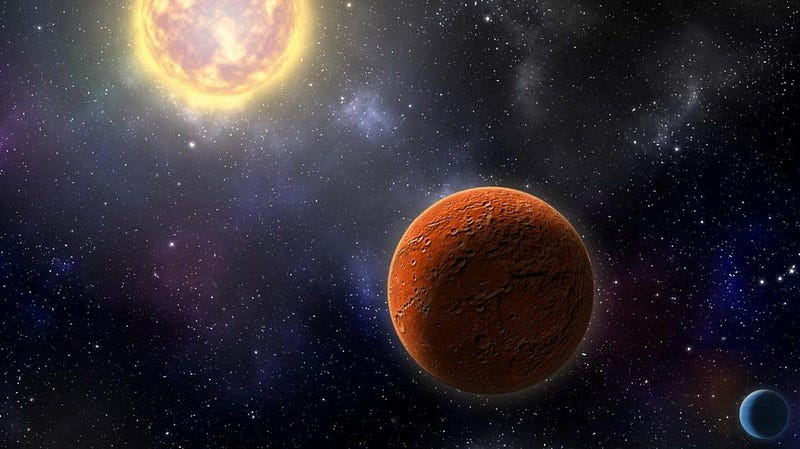
There are huge advantages to what TESS is doing over what either Kepler or K2 did. Because TESS is preferentially measuring the nearest stars to us, identifying planets and planetary systems where follow-up observations will matter the most. The reason why is simple.
- When a planet orbits its star, it will be physically separated from it by some knowable, measurable distance.
- Depending on how far away the star is from us, that will correspond to an angular scale, with the planet achieving the largest angular separations from its star when it’s ¼ and ¾ of the way through its orbit relative to the moment of transit.
- Therefore, if you can identify the closest exoplanets with well-measured orbital parameters, you can use a high-resolution telescope equipped with a coronagraph to directly image the planet in question.
As you may have guessed, the James Webb Space Telescope will have exactly the instrumentation and capabilities necessary to directly image many of these worlds.
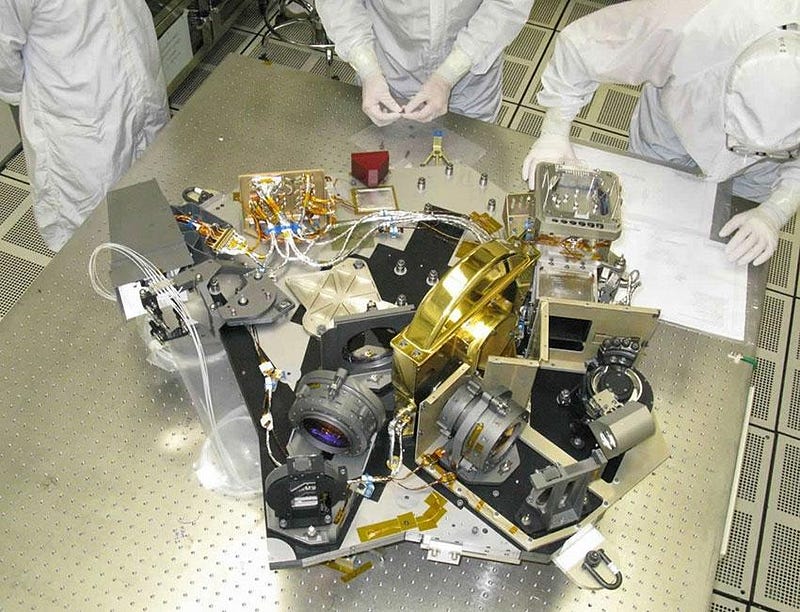
When it’s a bright, sunny day and you want to see an object in the sky that’s very close to the Sun, what do you do? You hold up a finger (or your whole hand) and block out the Sun, and then look for the nearby object that’s much intrinsically fainter than the Sun. This is exactly what telescopes equipped with coronagraphs do.
With the next generation of telescopes, this will enable us to finally directly-image planets around the closest stars to us, but only if we know where, when, and how to look. This is exactly the type of information that astronomers are gaining from TESS. By the time the James Webb Space Telescope launches in 2021, TESS will have completed its first sweep of the entire sky, providing a rich suite of tantalizing targets suitable for direct imaging. Our first picture of an Earth-like world may well be close on the horizon. Thanks to TESS, we’ll know exactly where to look.
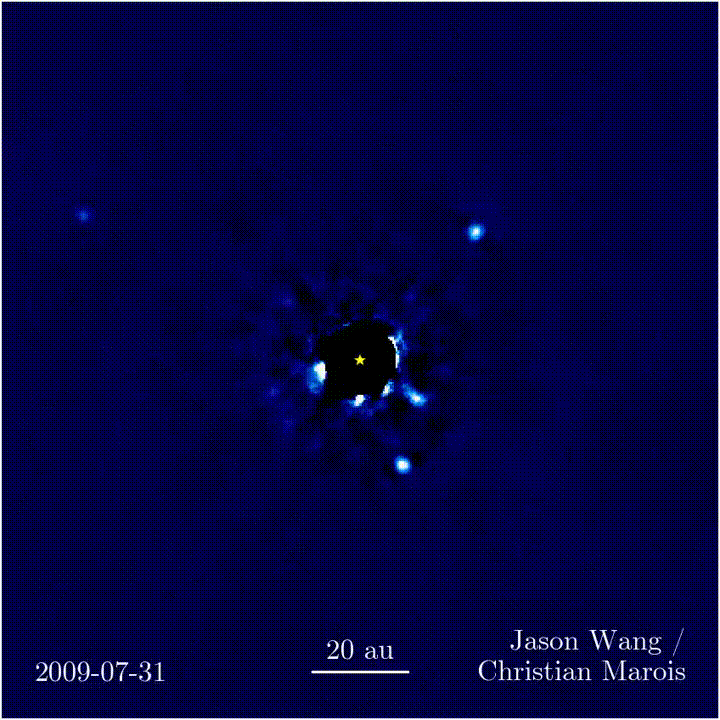
Send in your Ask Ethan question to startswithabang at gmail dot com!
Ethan Siegel is the author of Beyond the Galaxy and Treknology. You can pre-order his third book, currently in development: the Encyclopaedia Cosmologica.




